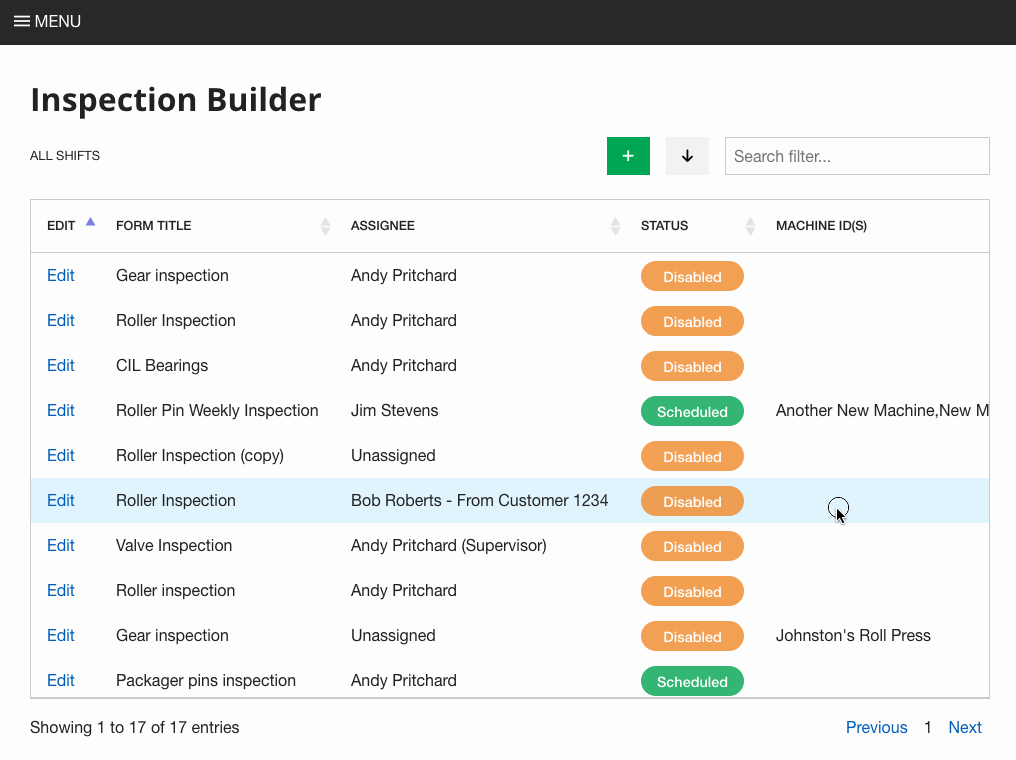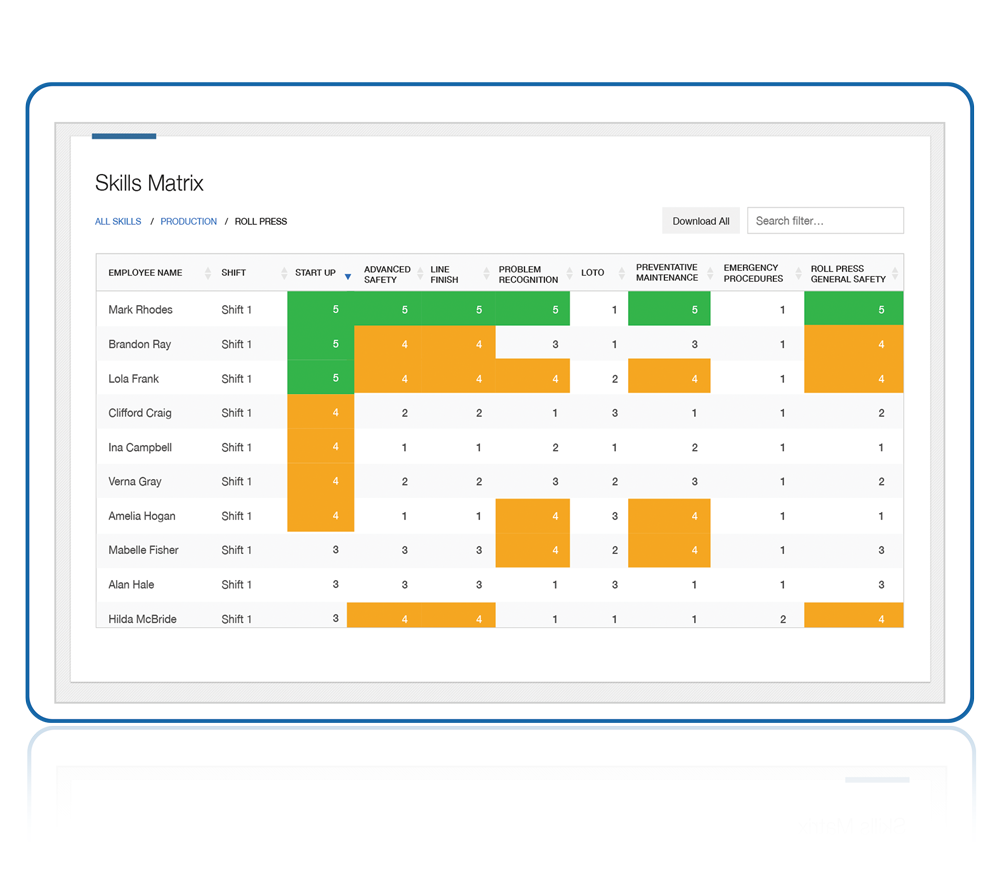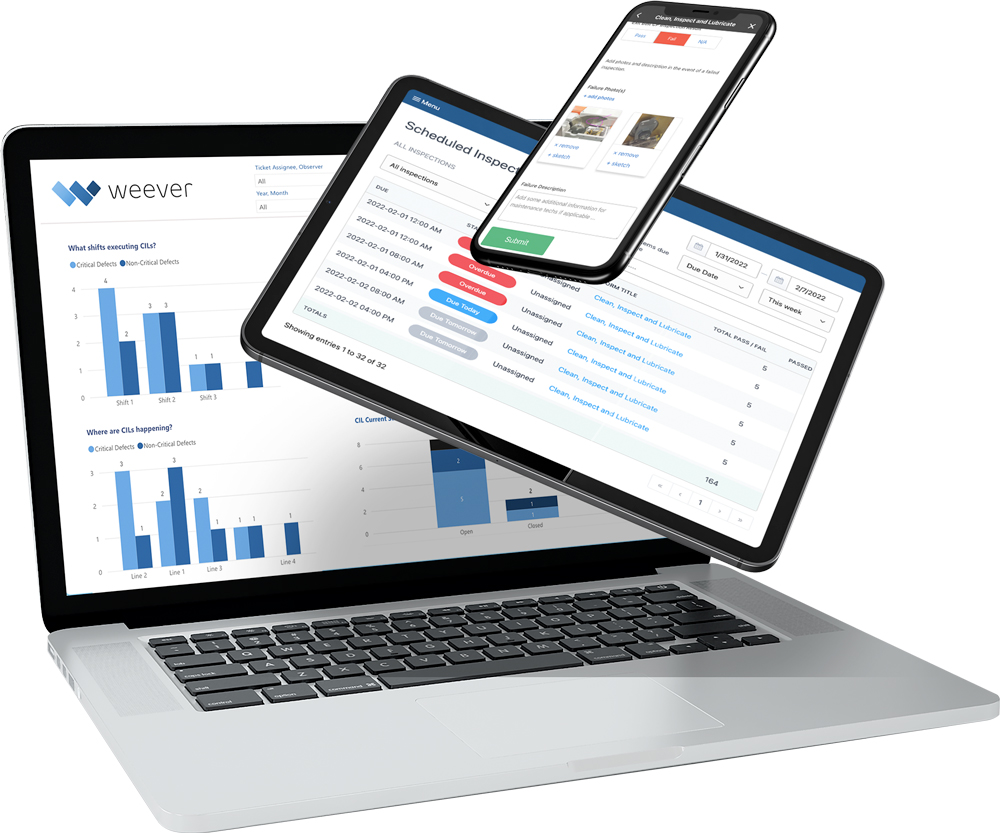How to Engage Operators in Total Productive Maintenance and Autonomous Maintenance
This approach uses the skills of all employees and seeks to incorporate maintenance into the everyday performance of a facility. And this means everyone, from management and engineers to operators and maintenance technicians.
If everyone is involved in maintenance, the benefits can include:
- Fewer breakdowns and less downtime
- A safer workplace
- Better overall performance
- A more focused operation
The key to TPM is getting operators more involved in maintenance operations. The goal of operator-oriented maintenance is outlined in World Class Manufacturing (WMC) within the Autonomous Maintenance Pillar.
According to conventional maintenance programs, a machine can run until it breaks or reaches its maintenance date. The maintenance department is then responsible for handling/fixing it. In contrast, autonomous maintenance allows machine operators to carry out directly simple maintenance works (lubrication, bolt tightening, cleaning and inspection) to prevent breakdowns and react faster if a certain failure has been detected.
Autonomous maintenance (AM) is performed by the operators and not by dedicated maintenance technicians. It is a crucial component of the Total Productive Maintenance (TPM). The core idea of autonomous maintenance is to provide the operators with more responsibility and allow them to carry out preventive maintenance tasks.
Here are some great ways to get operators more engaged in your maintenance activities.
1) Schedules and Assignments
If you do not assign it, it is not going to happen. This has never been so true as on the manufacturing shop floor. If you want to get operators to do something, especially if it is outside of their usual role, you need to assign it. Scheduling a quick CIL (Clean, Inspect, Lubricate) job is easy with Weever Inspections - simply create the form and then assign it to a machine and/or an operator.

2) Keep it easy and efficient
Operators will resist jobs that require a lot of work. But simple tasks that are easy (and fun) can be a nice break from the monotony. We have worked hard to ensure our forms are the most efficient and productive to use, so that they can get the inspection completed quickly and get back to work. This includes everything from integrated image capture with sketch capability, to voice-to-text, automated calculations, signatures and conditional logic.
3) Embrace Education
Sometimes called “step 0”, the education level is about imparting basic knowledge of machine components and functions. In order to perform properly the most important task – machine cleaning, operators should fully understand the objectives of autonomous maintenance and be even able to deliver improvements in equipment reliability.

